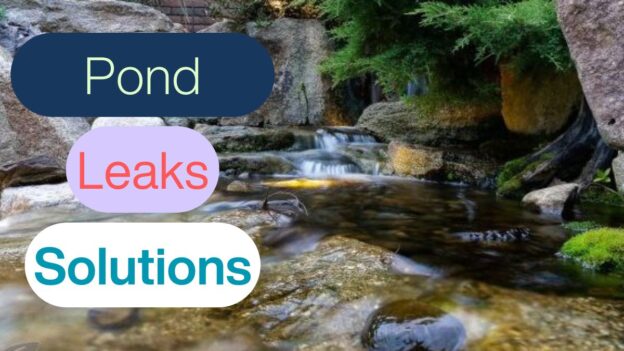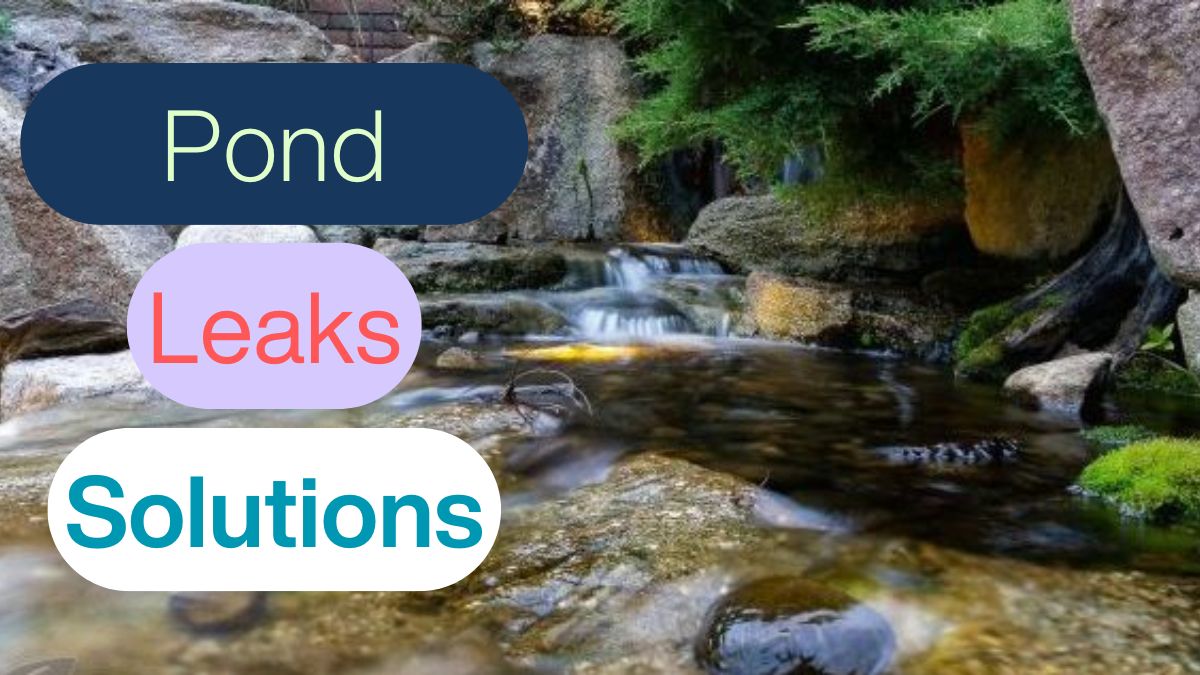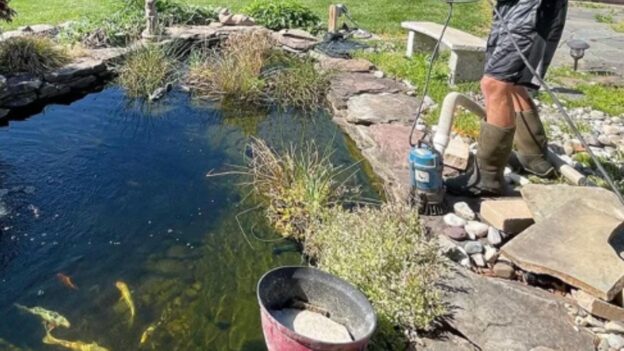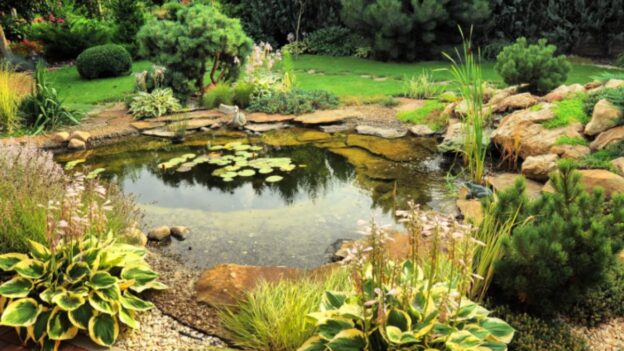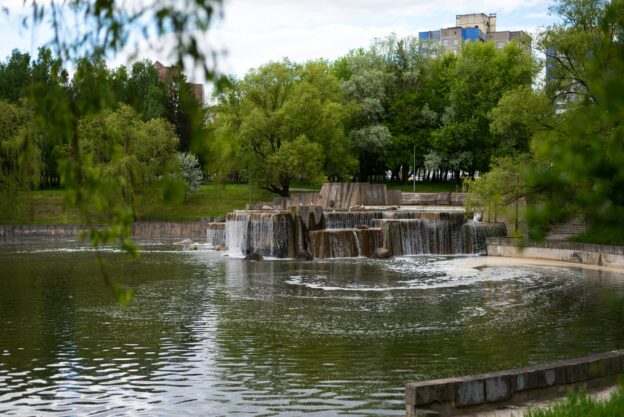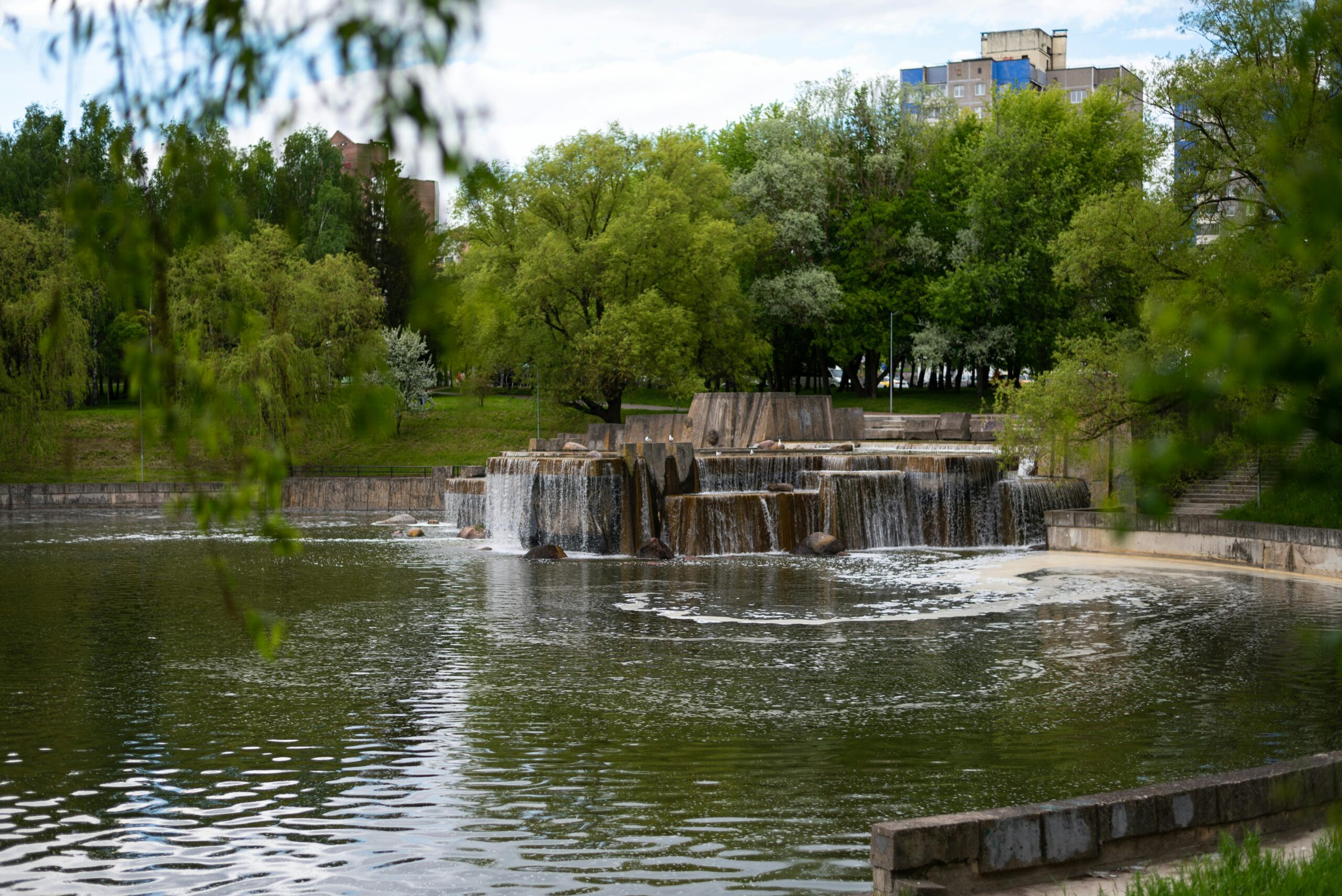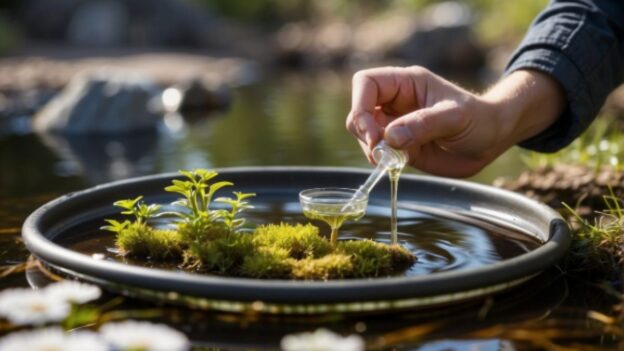
Key Takeaways:
- Identifying the leak’s source is crucial. Monitor water levels and inspect the pond liner and plumbing systems for damage.
- Quick fixes can address minor leaks. Use a pond sealer or patch the liner without draining the pond.
- Regular maintenance prevents future leaks. Keep the pond clean and check the condition of liners and plumbing components.
- Proper pond care is essential. Maintain a balanced ecosystem and monitor water features to enhance longevity.
- Seek professional help for complex leaks. Experts provide effective solutions and access to high-quality repair parts.
Pond lights can transform your outdoor space into a magical sanctuary. However, if your pond lights are not working, it can be disappointing. This guide will help you troubleshoot common issues with pond lights and provide solutions.
Whether you are seeking pond and fountain repair in Orange County, pond care advice, or need pond fountain parts and supplies in Orange County, you’ll find the answers you need.
Identifying the Problem
Before you can fix your pond lights, it’s essential to identify the root cause of the issue. Here are some common reasons why your lights may not be functioning:
-
Check the Power Supply
The first step is to ensure that your pond lights are getting power. Check if the lights are plugged in properly. Ensure that the outlet is working by plugging in another device. If the outlet has a switch, make sure it is turned on.
-
Inspect the Light Bulbs
If the power supply is fine, check the light bulbs themselves. Sometimes, the bulbs can burn out or become loose. Replace any burnt-out bulbs with new ones. Make sure they are securely fitted in their sockets.
-
Examine the Wiring
Inspect the wiring connected to the lights. Look for frayed or damaged wires, which can cause lights to malfunction. If you find any issues, consider replacing the damaged wiring.
-
Look for a Tripped Breaker
If the lights still do not work, check your circuit breaker. A tripped breaker can cut off power to the lights. Reset any tripped breakers to restore power to your pond lighting.
-
Assess the Timer or Control System
If your pond lights are on a timer or control system, check its settings. Ensure the timer is set correctly and functioning as intended. Sometimes, a simple reset can fix issues with timers.
Troubleshooting Solutions
Once you’ve identified the problem, you can take steps to resolve it. Here are some practical solutions for common issues:
-
Power Supply Issues
If your lights are not receiving power, try using a different outlet. If the lights work in another outlet, there may be an issue with the original one. If not, consider consulting an expert to examine your wiring.
-
Replacing Light Bulbs
To replace light bulbs, ensure the power is off before removing any bulbs. Replace old bulbs with the same type and wattage. This ensures compatibility and safety. Once installed, turn the power back on to test if they work.
-
Repairing Wiring
For frayed or damaged wiring, it’s essential to take proper precautions. If you’re comfortable doing so, cut away the damaged section and splice the wires together using waterproof connectors. If you’re unsure, hiring a professional for pond and fountain repair in Orange County is a wise choice.
-
Resetting Breakers
To reset a tripped breaker, simply switch it back to the “on” position. This action should restore power to your pond lights. If the breaker continues to trip, it may indicate a more significant electrical issue that needs professional attention.
-
Adjusting Timers and Controls
If you have a timer, consult the manual for troubleshooting tips. Resetting the timer to its factory settings can resolve various issues. Make sure the settings match your desired schedule for the pond lights.
Maintenance Tips for Pond Lights
To prevent issues with your pond lights in the future, consider the following maintenance tips:
-
Regular Inspections
Regularly check your pond lights and their components. Inspect the bulbs, wiring, and connections every few months to catch any issues early.
-
Cleaning the Lights
Dirt and algae can accumulate on pond lights, reducing their brightness. Clean the lights with a soft cloth or sponge. Use a mild soap solution if necessary. Rinse thoroughly to remove any soap residue. This will also help reduce murky water in your pond.
-
Check for Water Exposure
Ensure that all electrical components are properly sealed against water exposure. Using waterproof fixtures and connectors can help prevent damage from moisture.
-
Seasonal Preparation
Before winter, prepare your pond lights for cold weather. Disconnect them from the power supply and store them in a dry place. This helps prolong their lifespan and prevents damage from freezing temperatures.
-
Use Quality Parts
When replacing components, always opt for high-quality parts. Sourcing pond fountain parts and supplies in Orange County ensures that you get durable materials that will last longer and perform better.
Frequently Asked Questions
Why are my pond lights not turning on?
Check the power supply, light bulbs, wiring, and any timers or controls. A lack of power is the most common reason for lights not functioning.
How do I replace the light bulb in my pond?
Turn off the power, remove the old bulb, and replace it with a new one. Ensure it fits securely in the socket.
What should I do if the wiring is damaged?
Cut away the damaged section and splice the wires using waterproof connectors. If unsure, consider hiring a professional.
How can I clean my pond lights?
Use a soft cloth or sponge with a mild soap solution to clean the lights. Rinse thoroughly afterward.
What maintenance do my pond lights need?
Regularly inspect the lights, clean them, check for water exposure, and prepare them for seasonal changes.
When should I call a professional for my pond lights?
If you cannot resolve the issues after troubleshooting, it’s best to consult an expert to avoid potential safety hazards.
Illuminate Your Pond with Confidence
Troubleshooting your pond lights can seem daunting, but with the right approach, it can be manageable. Regular maintenance and prompt repairs will keep your pond lights shining brightly. Whether you need simple fixes or expert pond and fountain repair in Orange County, you can restore the beauty of your outdoor space.
If you wish to keep your backyard pond alight, visit Orange County Pond Fountain Service today to explore our wide range of pond fountain parts and supplies in Orange County.
Let our experts help you create a stunning atmosphere around your pond, whether it’s filled with beautiful aquatic plants or a striking water feature, ensuring it remains a focal point in your landscape.

